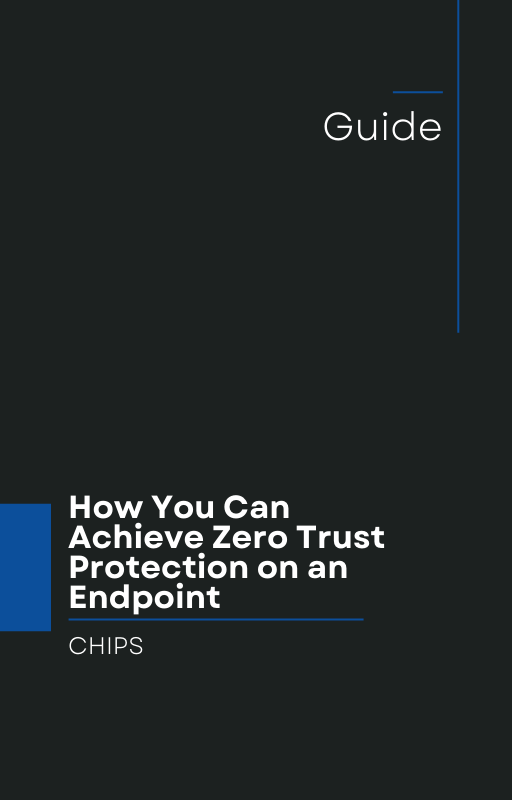A recent disclosure from Microsoft Defender for Endpoint (DFE) shows just how exposed many organisations remain when relying purely on “detect and respond” cybersecurity models. According to an article at Cyber Security News, critical flaws in the communication between DFE and its cloud backend allow attackers to bypass authentication, spoof commands and upload malicious files — all while defenders believe they are protected. Cyber Security News
Here’s what happened, why it matters — and what your business must do now.
What the vulnerability reveals
The research by InfoGuard Labs uncovered that the DFE agent on a device and its cloud services communicate via endpoints like /edr/commands/cnc. Despite including authorization tokens and device-tickets in these requests, the backend simply ignored them — meaning a malicious actor who obtains a machine ID and tenant ID could impersonate the agent.
In practice this means:
-
An attacker with low-privilege access could intercept or query the endpoint to obtain commands intended for the legitimate agent.
-
They could spoof a command to say “device isolated” while the device remains fully connected and compromised.
-
The attacker could upload fabricated data or malicious files to investigation packages, embed them in investigative workflows and trick analysts into executing them.
-
They could also dump configuration data (like registry monitoring rules, driver access lists, ASR rules) simply by polling endpoints without authentication — exposing detection logic and enabling evasion.
In short: a "trusted" endpoint security product was turned into a weapon that sophisticated attackers could exploit.
Why this matters to your business
Many organisations invest in endpoint detection and response (EDR) platforms like Microsoft Defender on the basis that threats will be caught and contained after initial compromise. But this incident emphasises two key problems:
-
Detection is too late — If attackers can bypass authentication, intercept the agent-cloud channel, and act as if “isolated” when they aren’t, you’re relying on false positives and reactive tools.
-
Visibility doesn’t equal control — Knowing that something is happening (or happened) is not enough. If you can’t reliably isolate or contain the threat, you may be left cleaning up the damage.
Business owners, CISOs and IT leaders should take a serious look: if your endpoint protection is anywhere on the “detect and respond” spectrum but lacks strong isolation/containment capability, you are vulnerable to attacks that bypass detection entirely.
What moving to “Isolation and Containment” means
Instead of solely relying on identifying threats and then reacting, the shift to isolation and containment means your solution:
-
Blocks execution of unknown or untrusted code proactively;
-
Enforces strong policy isolation for endpoints so that even if a breach occurs, lateral movement is prevented;
-
Drastically reduces dwell time, compromise impact and clean-up costs by containing the threat before it spreads.
This approach gives you much stronger assurance: the attack vector is closed off rather than merely monitored.
Why AppGuard is the right choice for modern business
Enter AppGuard. With a proven track record spanning over 10 years, AppGuard has established itself as a leading endpoint-protection platform that emphasizes containment rather than only detection. Here are just a few reasons why business-owners should take notice:
-
AppGuard’s approach centres on preventing execution of harmful code and isolating endpoints based on policy rather than relying purely on signature or behaviour detection.
-
Because the platform has been proven for a decade, you benefit from maturity, stability and commercially-available readiness — no longer just academic or theoretical.
-
In contrast to EDR tools which assume “we’ll see it, then fix it”, AppGuard assumes an adversary may breach the perimeter and focuses on shutting down that access immediately.
-
By adopting AppGuard, you move your posture from “we’ll detect and then respond” to “we’ll contain and neutralise before further damage”.
Given the Microsoft Defender incident, organisations who continue to lean solely on detection-based tools risk being undermined by adversaries exploiting back-end systems or agent-cloud communication.
Real-world impact and urgency
The fact that these flaws were reported in July 2025 and still remain unfixed underscores a sobering truth — even widely-deployed tools from major vendors can harbor exploitable weaknesses, and the window for mitigation may be long.
For business owners this means:
-
You can’t assume your vendor patch will arrive in time — or at all — for your specific environment.
-
You cannot count solely on detection logs or alerts to save you; by the time detection triggers, the attacker may already have stolen data, moved laterally, or corrupted systems.
-
You must adopt an endpoint-protection strategy that doesn’t rely on flawless detection, but instead enforces strong containment so that even if an attacker infiltrates, they’re blocked from acting.
What to do next for your business
Here are practical steps you can take immediately:
-
Audit your current endpoint-protection capability: Does your tool isolate endpoints effectively? Can it block untrusted execution? Or does it primarily alert and monitor?
-
Review vendor-claims vs reality: Are there known vulnerabilities in your stack (as with Microsoft Defender above) that attackers can exploit?
-
Raise your security posture: Meaningfully shift from “detect-and-respond” to “isolate-and-contain”. This involves selecting solutions with proven containment capability.
-
Engage partners who understand your business risk: Cybersecurity is not just a software decision — it’s a business decision.
-
Talk with experts who can guide you: The sooner you make the shift, the better your position when the next vulnerability hits.
Call to Action
If you’re a business owner or IT/ security leader and you’re relying on detection-based endpoint tools alone, now is the time to rethink your strategy. Talk with us at CHIPS about how AppGuard can come into your environment, provide commercially-ready containment, and protect your business proactively. Don’t wait for the next headline of an exploited EDR — move from detecting the attack to isolating and containing it. Let’s discuss how we can help you transition to a modern endpoint-security model that truly protects your business.
Like this article? Please share it with others!

October 22, 2025

Comments